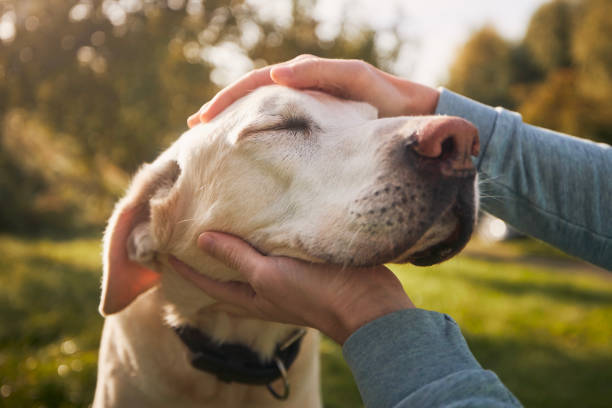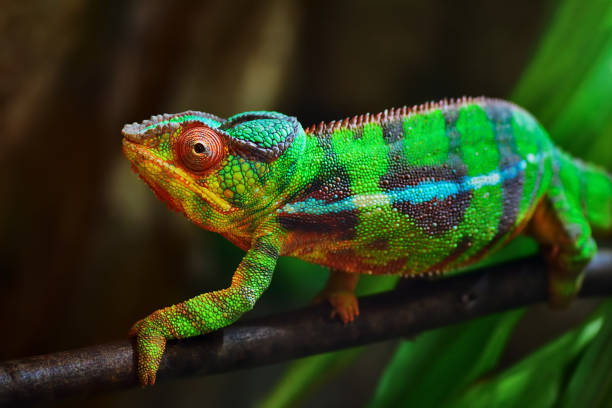The Sociocultural Underpinnings of Pet Humanization in Contemporary Society
Delve into the profound sociocultural insights underlying the pet humanization trend. Uncover the historical context, current societal implications, and expert-backed insights that shape this fascinating cultural phenomenon. Read below to discover more.

Introductory Overview: The Onset of Pet Humanization
Our relationships with pets have dramatically evolved over time. From being mere animals used for hunting or guarding, pets have now taken an elevated status in our lives, often treated as valued family members. This phenomenon, known as pet humanization, has deep sociocultural roots and far-reaching implications. It offers a compelling lens through which to view contemporary society, as it reflects shifts in family structures, social norms, and individual identities.
From Domestication to Humanization: A Historical Perspective
The domestication of animals began thousands of years ago when humans first started to keep animals for practical purposes. As societies evolved, the role of pets also changed, mirroring societal shifts. In the 19th century, as the idea of the nuclear family emerged, pets began to be seen as companions. In the 20th century, an increased focus on individualism and emotional well-being triggered a further shift—pets were no longer just companions; they were emotionally supportive family members.
The Anthropomorphization of Pets: A Societal Trend
The humanization of pets, also known as anthropomorphization, has become a significant societal trend. Today, we see pets dressed in human clothes, celebrating birthdays, and even having social media accounts. This trend is a reflection of how societal norms and values have transformed. As loneliness and social isolation increase in our hyperconnected world, pets have become a source of emotional support and companionship, fulfilling a deeply human need for connection.
Implications of Pet Humanization: From Consumer Markets to Personal Relationships
The pet humanization trend has significant implications. It has triggered a boom in the pet industry, with a surge in demand for premium pet products and services. Moreover, it has transformed personal relationships, as pets are increasingly considered family members. This shift has even influenced legal frameworks, with some jurisdictions recognizing pets as sentient beings with rights, rather than merely property.
The Future of Pet Humanization: Sociological Projections
Given current trends, the humanization of pets is likely to continue. As society becomes more individualistic and as traditional family structures continue to change, pets may increasingly fulfill emotional and companionship needs. However, there are ethical considerations to reckon with. Treating pets as humans could potentially lead to neglect of their specific animal needs. Therefore, it is crucial to strike a balance between acknowledging pets’ unique status in our lives and respecting their inherent animal nature.
In conclusion, the pet humanization phenomenon provides a unique window into contemporary society. It reflects and shapes societal trends, offering valuable sociocultural insights. As we continue to navigate this evolving dynamic, it is crucial to recognize its implications and navigate the ethical considerations it raises.






